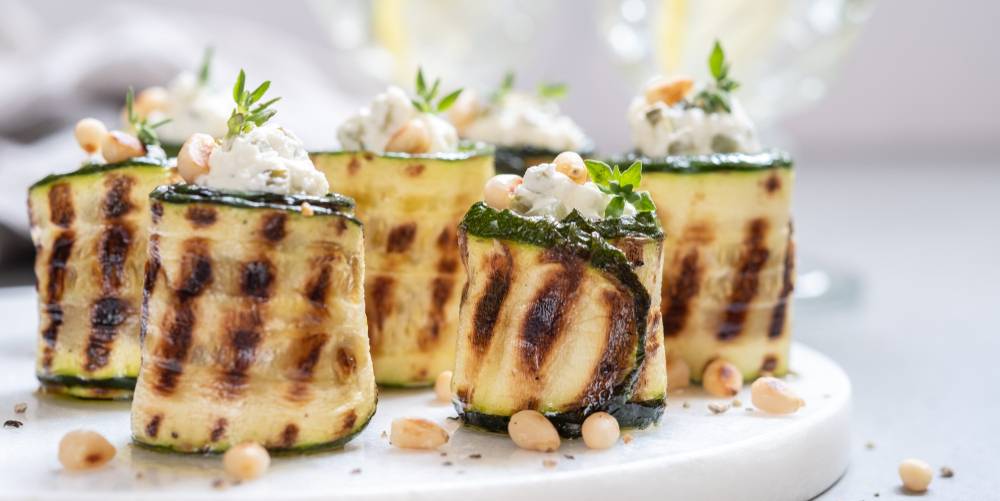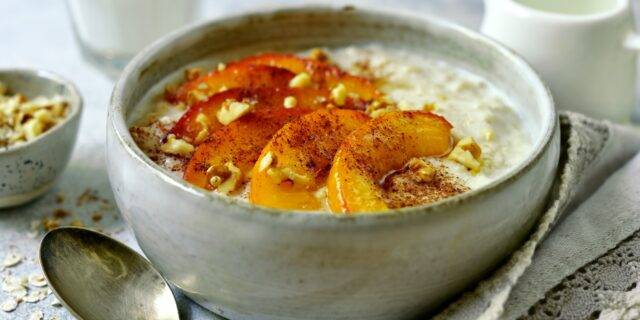Keep your legs half bent
This is lesson number one, but so many people forget about it! For beginners, the half squat position is new to them, so they try to straighten their legs every time and thus upset their balance. Half bent knees give you the ability to control your skis and keep them parallel to each other (not crosswise or apart).
Another bonus of half-bent legs: you’ll be better prepared for small jumps due to bumps that may be encountered unexpectedly on the piste. Riding on straight legs can be compared to travelling on a bus on a not-so-smooth road. How long can you stand on straight legs without additional support from the handrails? Now try bending your knees even more and you’ll be surprised how much easier it is to control your body and technique and how easy it is to jump off small jumps and even slopes.
Make sure that your heel always stays in the heel cup of your ski boots. If it does not, it means that you have not bent your legs at the knees enough.










